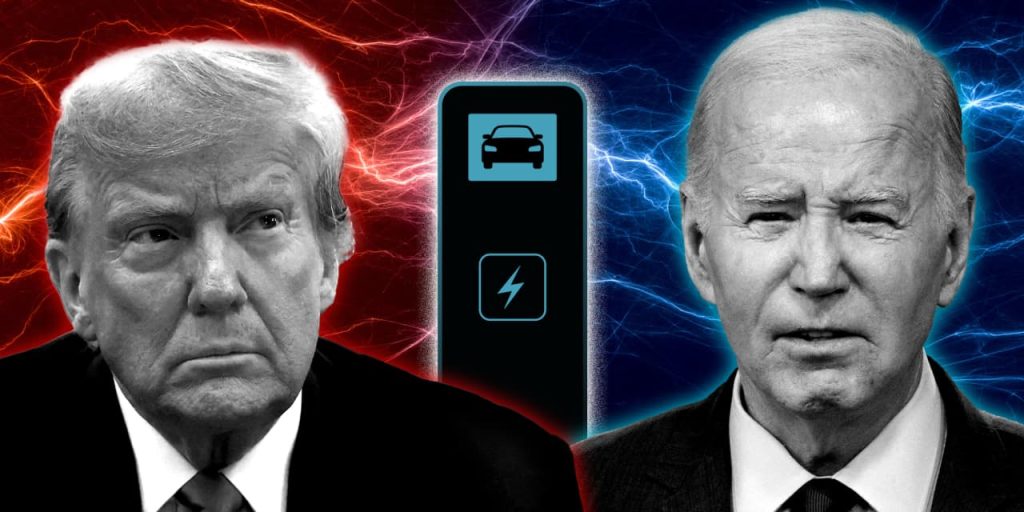Once in a while you come across a mutual fund that trounces the stock market by so much, you have to know more. When I find them, I want to grill the manager to learn investing strategies. I also want to come up with a list of positions to consider — by shamelessly cribbing from the portfolio.
Recently I discovered a fund that fits the bill: Schwartz Value Focused Fund RCMFX, managed by Timothy Schwartz. I recently caught up with Schwartz, who is based in Florida, for some investing lessons and to learn more about stocks from his portfolio. Here are the highlights of what I found out.
1. Ignore the constant blather about economic data and the Federal Reserve: Like a lot of value managers, Schwartz doesn’t even try to figure out economic trends. This may seem odd, given all that time the financial media spend on the Fed, inflation and growth trends.
But it also makes a lot of sense. After all, few prognosticators get the outlook right with any consistency. So why bother trying. “We don’t feel we have any expertise in that area. We focus in what we have expertise in, and that is analyzing companies,” Schwartz says. Before you scoff, think of all the analytical space this frees up.
2. Favor companies that have little debt: When I was in business school, a finance professor told us that debt is like alcohol, for companies. It makes the good times better and the bad times worse. To steer clear of inebriated companies, Schwartz has a simple solution: avoid them. “Our No. 1 concern is the debt level. We like companies that do not require much debt given the nature of the business,” Schwartz says. “That lowers our risk across the board.”
Exhibit A from the fund portfolio: royalty companies. These are businesses that own energy and precious metals assets. Others develop the assets and they take a cut of the sales. This zeroes out exposure to all the debt required to develop wells and mines. It also limits exposure to cost inflation since royalty companies take a portion of revenue. “These companies consistently grow earnings, cash flow and dividends, and they don’t require any debt to do that,” Schwartz says.
Texas Pacific Land
TPL,
offers a good example. It owns 868,000 acres of land in West Texas, mostly in the energy-rich Permian Basin. The company collects royalties on the sales other companies generate from producing the energy under its land. “They claim only 10% of their land has been developed. If that is close to accurate, there is a lot of growth to come from developing that acreage,” Schwartz says.
Though third-quarter sales and income slipped compared to the year before due to some production disruptions and lower energy prices, Texas Pacific Land remains bullish on production because of its large backlog of undeveloped wells. Schwartz also expects oil and natural gas prices to rise, due to scarcity caused by underinvestment in production over the past several years. This will help Texas Pacific Land. The company also has a water business and there is potential for residential real estate development.
Franco-Nevada
FNV,
is another example. It holds hundreds of precious metals sites in North- and South America, Africa and Australia. The company uses its cash flow generation — $236 million in the third quarter alone — to buy more assets. It has $2.3 billion socked away for this effort.
Franco-Nevada’s annual revenue grew to $1.3 billion last year from under $200 million in 2008. Net income has grown to more than $3.50 a share from 50 cents a share back then. The stock currently yields 1.3%, and it has increased its dividend for 16 years in a row.
3. Go with off-the-radar companies: With under-followed companies, you’re more likely to discover businesses benefitting from developments not yet priced into the stock. But there is also a tactical angle: “If you want to outperform the benchmark you need to do something different,” Schwartz says. “We are not trying to chase the latest fad or whatever is popular in the market.”
His fund, for example, does not own any of the “Magnificent Seven” large-cap tech names, and that’s hurt performance this year against its midcap index benchmark. But medium-term performance is more indicative of management skill, and Schwartz crushes competitors over both five and 10 years.
Texas Pacific Land and Franco-Nevada are good examples of off-the-radar companies in his portfolio. So is St. Joe
JOE,
a real estate development company. It has 169,000 acres of land along the Gulf coast in Northwest Florida. Thanks to migration, the area is seeing a population boom. “People are moving out of cold, poorly run cities in the North and moving to northwest Florida,” Schwartz says. You can see this trend in St. Joe’s performance. For the first nine months of 2023, revenue grew 59% to $302.5 million. This is why St. Joe trades like a tech stock. The shares are up 35% so far this year.
4. Take concentrated positions: Most mutual funds cap position size at around 3% of the portfolio in order to diversify and reduce position-size risk. Some critics call this “di-worsification.” They say that once you find names you really like, you should take concentrated positions. Schwartz is in this camp.
Texas Pacific Land and St. Joe account for more than one-third of the portfolio, recently at 27% and 7.7%, respectively. Other concentrated positions include Pioneer Natural Resources
PXD,
in energy at 5.54%, Franco-Nevada at 4.83%, Mastercard
MA,
at 4.78% and Schlumberger
SLB,
in energy infrastructure at 4.66%.
Schwartz also takes concentrated sector bets. Energy names recently accounted for 51% of the portfolio, compared to 5.4% for funds in its category, says Morningstar Direct. The concentrated energy bet is another reason for the fund’s underperformance this year. West Texas intermediate crude oil
WBS00,
has fallen from its 2022 highs. “Some of the air has come out of these stocks,” Schwartz says. But he’s convinced that will change as oil prices go back up again due to shortages of supply, linked to chronic underinvestment in development and ongoing OPEC+ production cuts.
“The valuations are extremely attractive,” Schwartz says. Portfolio holdings Chevron
CVX,
and Pioneer Natural Resources, for example, recently traded for forward price earnings multiples of around 10 – around half the p/e of the S&P 500
SPX.
“These are extremely high quality, profitable companies that have strong management and pay dividends,” he adds.
5. Think long term: Once Schwartz finds stocks he likes, he prefers to hold for the long term to let their stories play out. His fund has a low turnover of just 14% a year. For instance, he has been invested in Berkshire Hathaway
BRK.A,
BRK.B,
since 2006, Barrick Gold
GOLD,
since 2012, Mastercard since 2015, and Moody’s
MCO,
since 2016, according to Morningstar Direct. Says Schwartz: “So many investors are short-term focused. We are focused on the next five to 10 years.”
Michael Brush is a columnist for MarketWatch. At the time of publication, Brush owned TPL, NVDA, MSFT and TSLA. Brush has suggested TPL, NVDA, MSFT, TSLA, JOE, PXD, MA, SLB, CVX, BRK.B and MCO in his stock newsletter, Brush Up on Stocks. Follow him on X @mbrushstocks.
More: Here’s how to know if your mutual fund sees ESG investing clearly
Also read: How you can beat ARK Innovation’s longer-term return with less risk
Read the full article here







